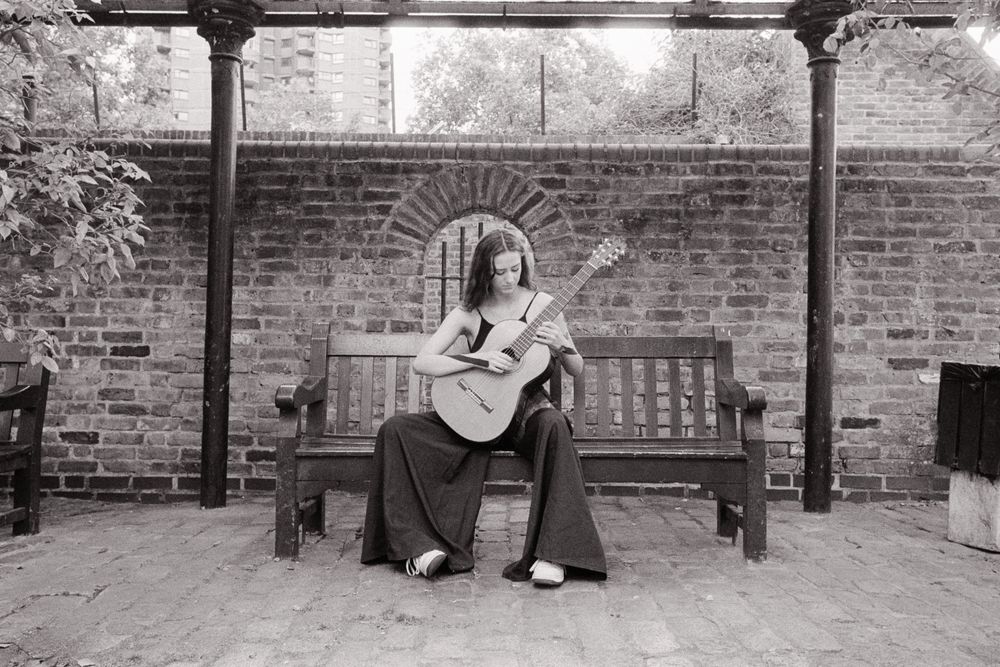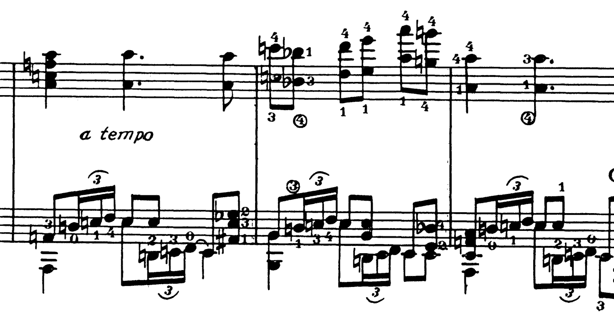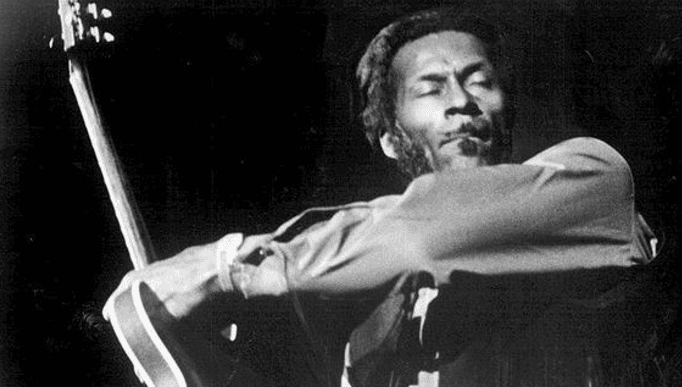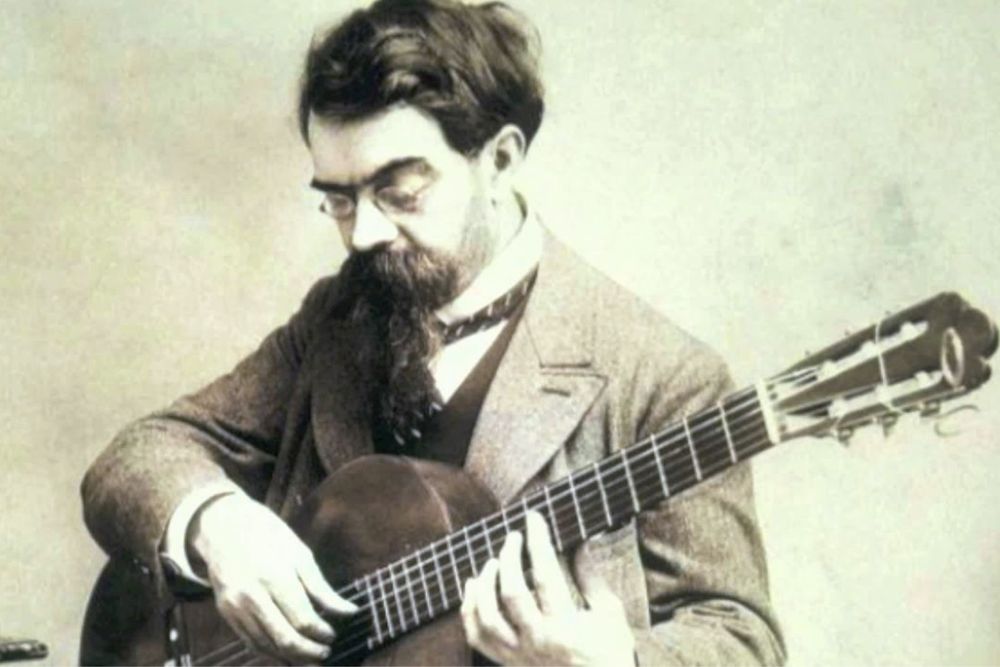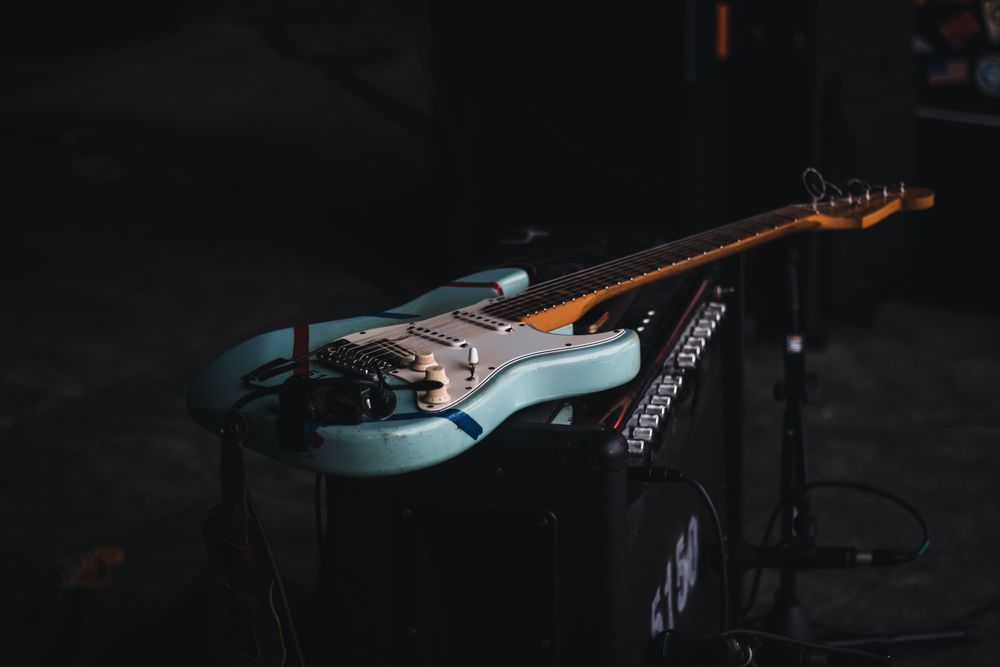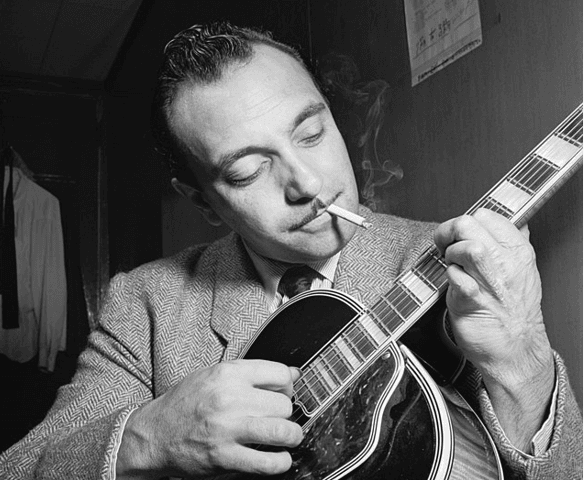It’s easy to let the amount of guitar music out there convince you that writing for the instrument is simple. It isn’t quite, but everyone has what it takes to write something. This guide will help you to do exactly that - develop guitar sheet music of your own.
In a previous article on how to write piano sheet music we explored some key aspects of composition, with an eye to writing for the keyboard.
Many of those creative principles are universal, whether you’re writing music for the piano or the pocket trumpet. We’ll recap them briefly, but here we’re going to concentrate on the specific technical challenges of writing sheet music for the guitar.
Like every instrument, there are unique things to consider. Soon you’ll understand how to deal with each one. Just follow the steps below and you’ll be looking at a fully realised piece of guitar sheet music in no time.
If you’re not familiar with how guitar sheet music works, check out this piece on how to read guitar sheet music. It’s important to know what you’re working towards before you start composing.






